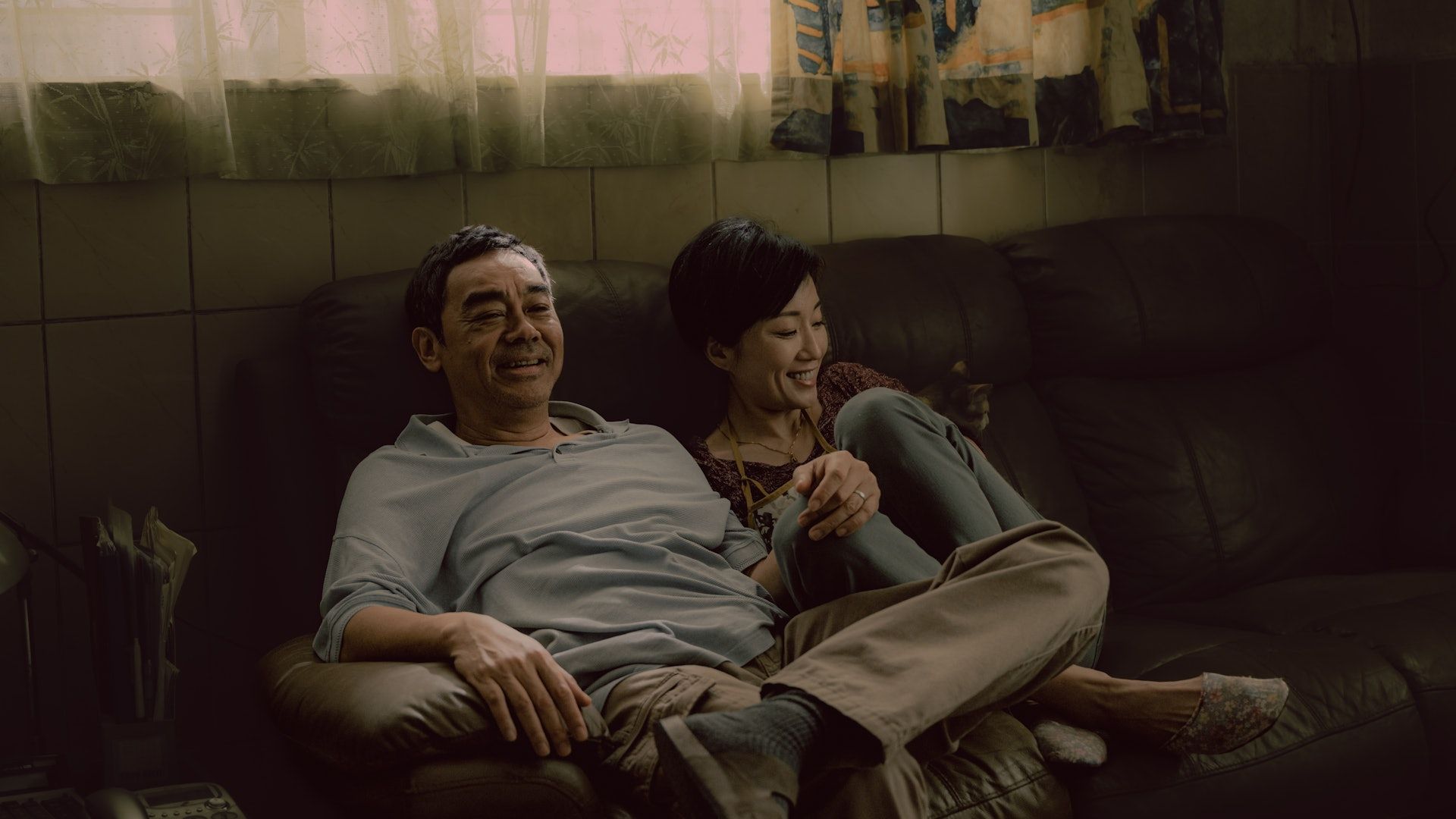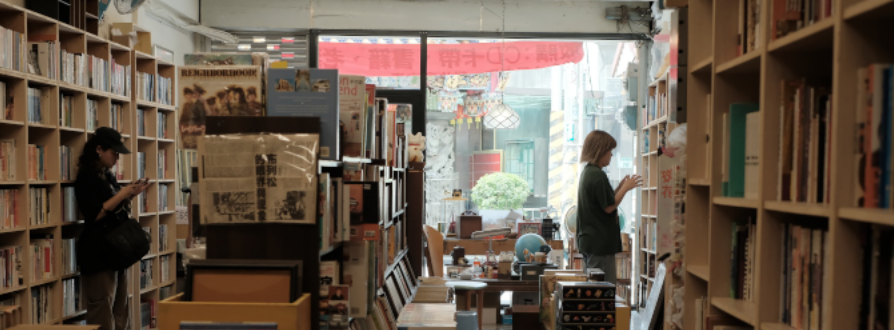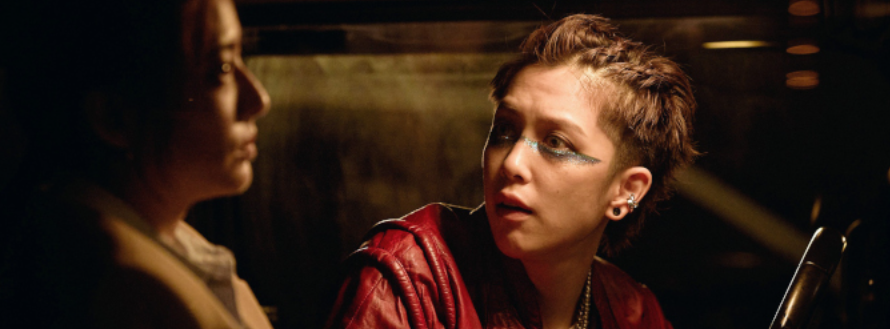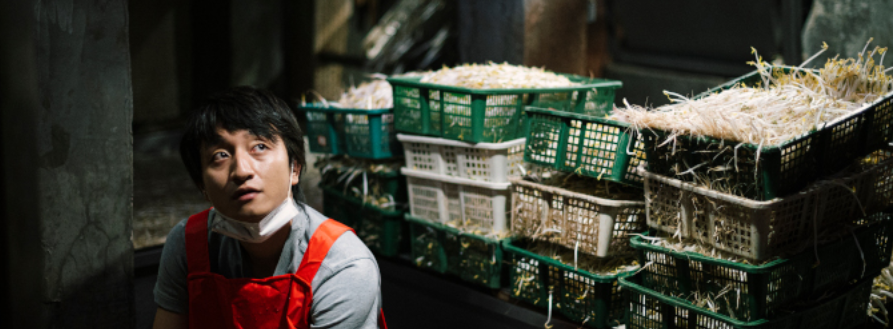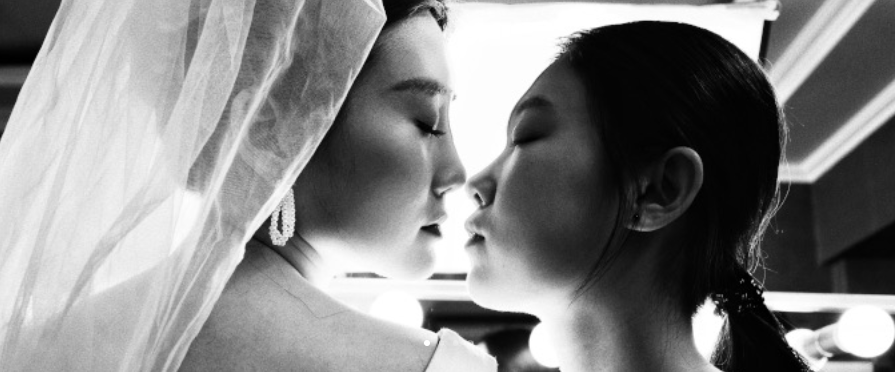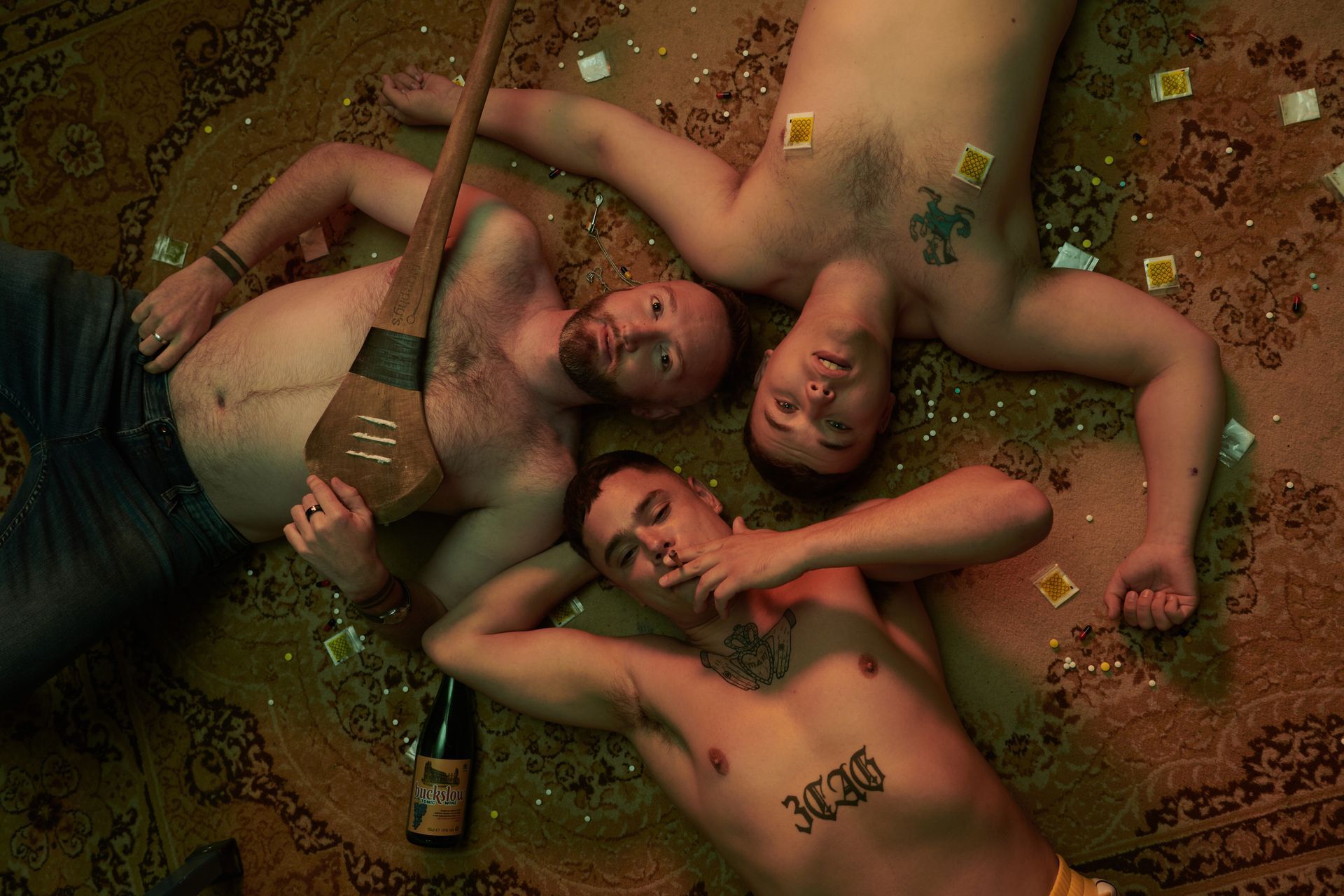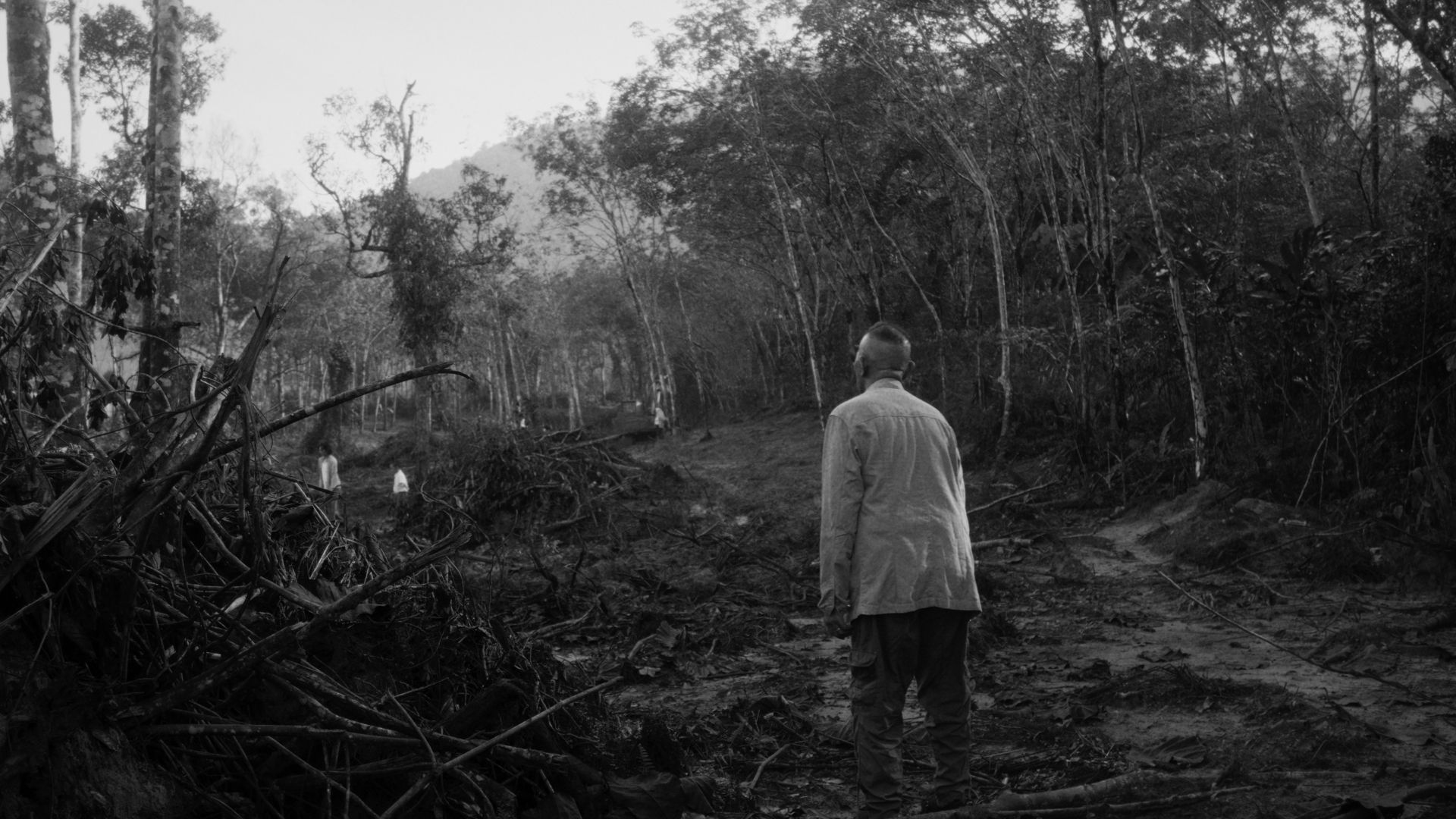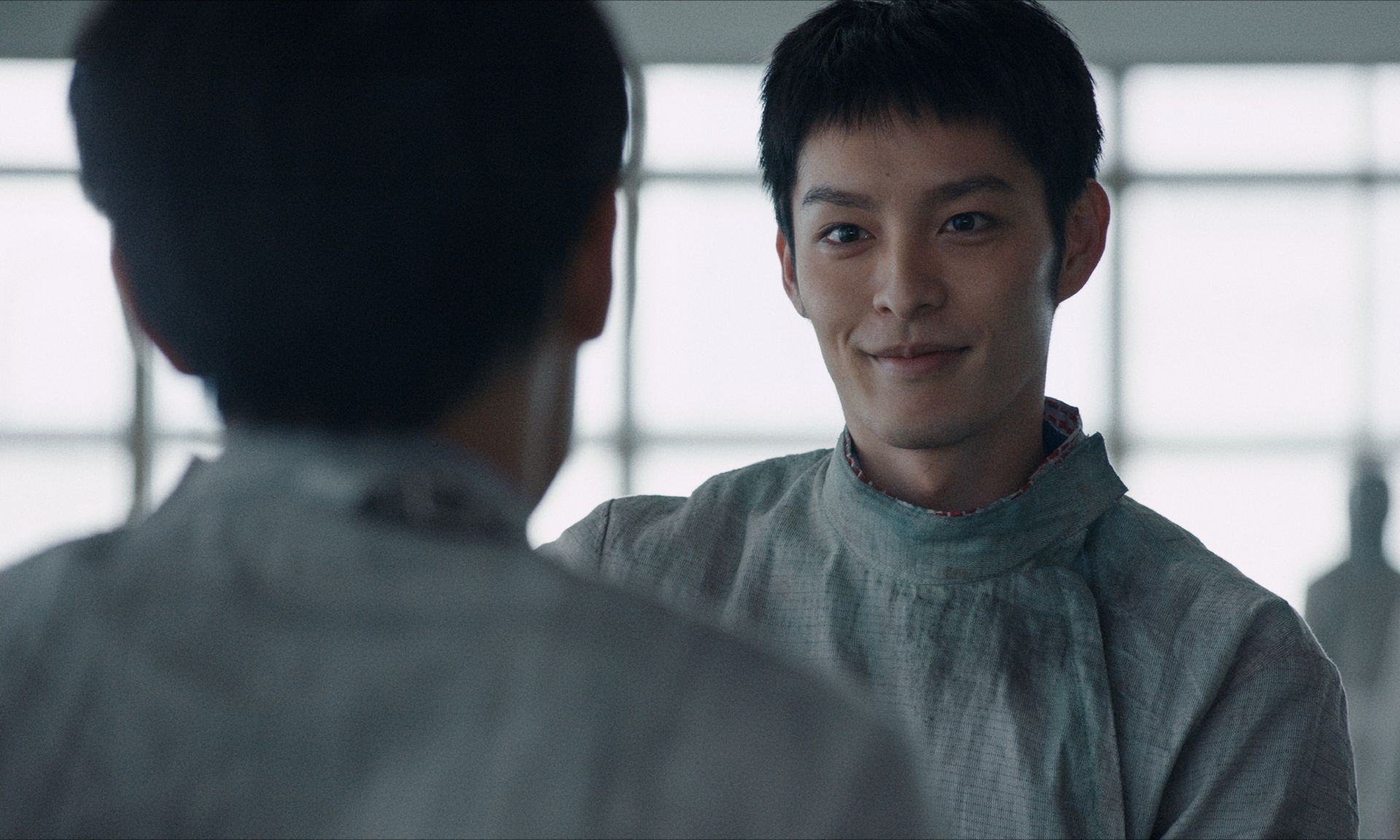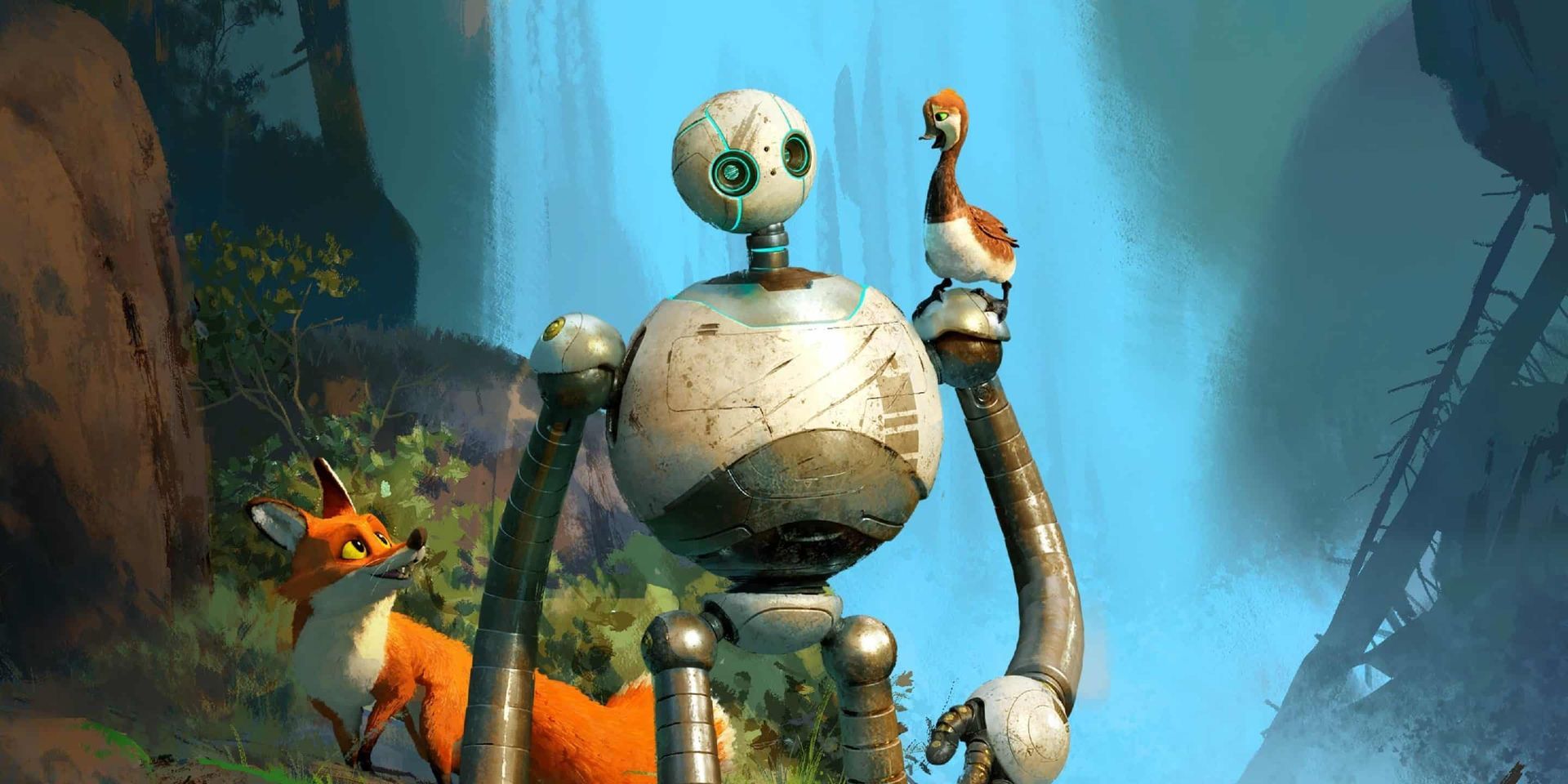Film Review #42: THE MENU
Film Review #42: THE MENU
*This film review may contain plot spoilers, reader discretion is advised.*
*本篇影评含雷,请斟酌阅读。
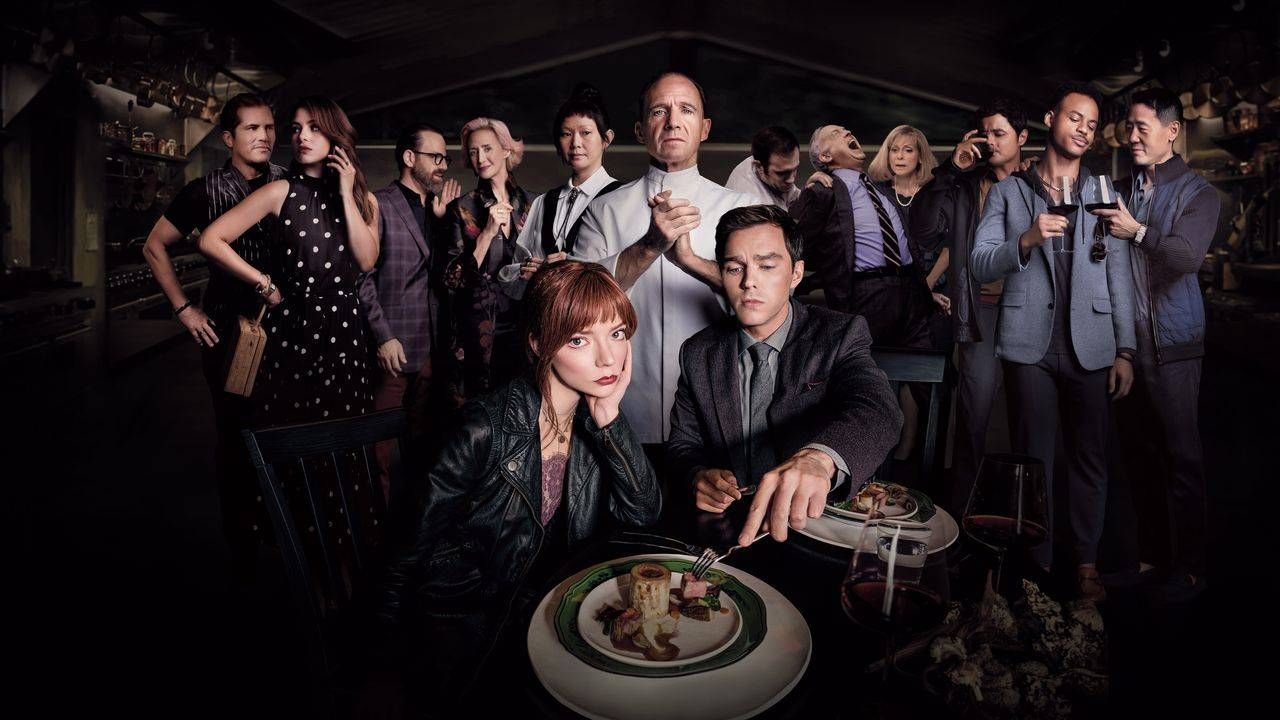
Photo credit: HBO
The Menu takes the cooking-programme genre to a whole new level as guests are forced to choose between guts and glory. The film is set across a multi-course gourmet dinner at Hawthorne, a restaurant on a secluded private island where chef Julian Slowik (played by the disarmingly chilling Ralph Fiennes) aims to more than dazzle his obscenely rich customers.
The film’s narrative structure is segmented based on the courses featured in Chef Slowik’s exorbitant dinner menu which become increasingly bizarre. A memorable dish in his repertoire was the oxymoronic ‘Breadless Bread Plate’ – scant drops of savoury oils and emulsions served on an empty plate. Playing on his customers’ arrogance and elitism, Slowik explains that bread is for peasants, unfit for billionaires who rise above the common man.
The stunning visual language of the film lies in its delectable food photography. With the creator of the Netflix series Chef’s Table David Gelb as the film’s second assistant director, every dish is captured with a visceral and glossy sheen, staged with astute preciseness and elegance. Almost every course on the menu, created by three-star Michelin Chef Dominique Crenn, is introduced with a 20-second close-up followed by an on-screen caption describing the actual ingredients utilised. Ironically, the shot of the ‘Bread-less Bread Plate’ features in great detail the most vibrantly coloured dollops of butter and emulsions atop a gleaming white plate, exuding a sense of absurdity, satire and sarcasm.
While the food corruscates in the well-lit studio, the contrasting humour in the film is dark and satirical. Whilst Chef Slowik ruthlessly unleashes his wrath, dominance and control over his privileged customers, the audience is reminded of Fiennes’ wide-ranging acting roles, including playing the amiable and quirky protagonist Monsieur Gustave in The Grand Budapest Hotel (2014). Other standout performances include Nicholas Hoult playing a culinary connoisseur and Anya Taylor-Joy as his new upper-class girlfriend whose unstable relationship undergoes intense scrutiny and pressure as the nine-course storyline progresses.
Compared to Triangle of Sadness, The Menu’s dark humour takes precedence and any commentary on class warfare is relegated to the backseat. The film perfectly dovetails the artful beauty of fine dining with pulses of comedic elements, and when you least expect it, sprinkles heartwarming elements of sympathy and human connection. As the audience in the theatre broke out in laughter, several others looked troubled and deeply disturbed. After all, fine dining is an acquired palate – especially ones with a killer menu.
——————————————————————————-
This review is published as part of *SCAPE’s Film Critics Lab: A Writing Mentorship Programme, organized by The Filmic Eye with support from Singapore Film Society and Sinema.
About the Author: Weng Leong prides himself in having watched Parasite before it won Best Picture in 2020 and will gladly mansplain to anyone why Memories of Murder is Bong Joon-Ho’s best film. He is most often seen talking about film and politics instead of actually studying at SMU.

